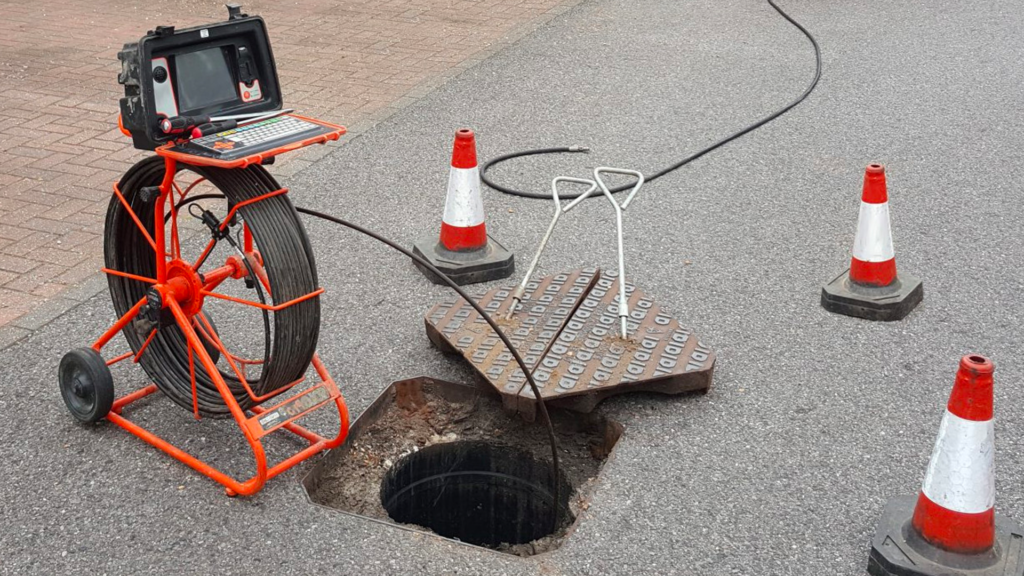What Does Reclaim Waste Do?
What Does Reclaim Waste Do?
Blog Article
Little Known Facts About Reclaim Waste.
Table of ContentsReclaim Waste - TruthsThe Reclaim Waste IdeasThe Greatest Guide To Reclaim WasteFascination About Reclaim WasteAn Unbiased View of Reclaim Waste
Residential sewage waste refers to the waste and products from a household septic tank. The proper administration and disposal of domestic sewer waste require fluid waste to be moved to a sewage therapy plant where the correct methods and equipment are applied to cleanse and dispose of waste.
Commercial waste often includes possible threats, such as flammable materials or a mix of liquid and solid waste items, and needs an advanced and detailed disposal procedure. The disposal of industrial waste usually entails the filtering of waste before transportation to make certain safe and proper disposal. Hazardous waste is developed from by-products and overflow of industrial processes and manufacturing.
This type of waste can not use the very same sewer monitoring transportation or processes as septic or business fluids. The hazardous waste administration process calls for the inspection and screening of liquid waste before it undergoes the disposal process (liquid waste removal). Overflow waste is the liquid waste that originates from overflow and excess stormwater in extremely populated areas or cities
Drainage waste can create contamination and flooding if not managed effectively. Making sure proper waste monitoring can prevent catastrophes and decrease ecological damage.
The Main Principles Of Reclaim Waste
Get in touch with PROS Services today to find out about our waste administration and disposal solutions and the proper means to look after the liquid waste you create.
(https://disqus.com/by/reclaimwaste1/about/)Do you know what takes place to your water when you disengage, flush the toilet or drain pipes the washing machine? No? Well, it's worth knowing. This so-called 'wastewater' is not only an essential resource yet, after therapy, will certainly be launched to our land, rivers or the sea. Made use of water from bathrooms, showers, baths, kitchen area sinks, washings and industrial procedures is recognized as wastewater.

water made use of to cool equipment or tidy plant and equipment). Stormwater, a form of wastewater, is runoff that flows from farming and city areas such as roofings, parks, gardens, roads, paths and rain gutters into stormwater drains, after rainfall. Stormwater moves untreated straight to local creeks or rivers, eventually reaching the ocean.
Indicators on Reclaim Waste You Need To Know
In Queensland, many wastewater is dealt with at sewer treatment plants. Wastewater is transferred from residential or commercial sites via a system of sewers and pump stations, known as sewage reticulation, to a sewage therapy plant.
The Department of Natural Resources recommends neighborhood governments regarding managing, operating and preserving sewage systems and treatment plants. In unsewered locations, neighborhood federal governments may need owners to set up specific or house sewage therapy systems to treat residential wastewater from toilets, cooking areas, washrooms and laundries. The Department of Natural Resources authorizes making use of household systems when they are confirmed to be efficient.
In some new subdivisions, treatment of some stormwater to remove trash, sand and gravel has actually started making use of gross pollutant catches. Wastewater treatment occurs in 4 phases: Eliminates strong matter.
Utilizes small living microorganisms knows as micro-organisms to break down and eliminate continuing to be liquified wastes and fine fragments. Micro-organisms and wastes are incorporated in the sludge.
Top Guidelines Of Reclaim Waste
Nutrient elimination is not available at all sewer treatment plants due to the fact that it calls for pricey specialised tools. Clear liquid effluent produced after therapy may still contain disease-causing micro-organisms - liquid waste disposal.

This typically means wastewater needs to be dealt with or contaminants gotten rid of prior to it can be discharged to waterways. A lot of wastewater moves right into the sewage system. Under the Act, local governments carry out approvals and licences for ecologically pertinent tasks (ERAs) involving wastewater releases that could have a regional impact. The division provides approvals and licences to Periods including wastewater launches that could have a regional or statewide influence.
The 10-Second Trick For Reclaim Waste
Or else, samples are taken for lab evaluation. Frequently lots of examinations are required to establish the degrees of each of the different pollutants such as oils, hefty metals and chemicals in water. Tracking provides factual details about water top quality and can confirm that permit problems are being satisfied. The details gotten with surveillance gives the basis for making water quality decisions.
Report this page